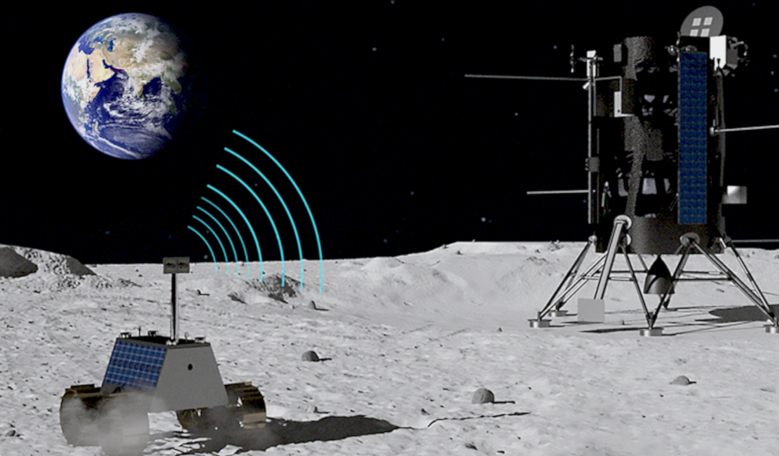When astronauts on the Moon want to talk to one another, the signals that will be relayed around our nearest celestial neighbour will be done so via Nokia, say the telecommunications giant, as the European firm has been selected by NASA to deploy the first LTE/4G communications system in space.
Chosen as part of NASA’s ‘Partners to Advance ‘Tipping Point’ Technologies for the Moon’, the companies Nokia Bell Labs division will build a 4G communications system to be deployed on a lunar lander to the Moon's surface in late 2022, say the firm.
To start with, the initial proposed Nokia network would be restricted to proximity communications on the lunar surface, providing wireless network coverage around the landing module.
This is likely to evolve to providing communications to and from a spacecraft orbiting the Moon.
Nokia was awarded $14.1 million out of a $370 million innovations development award offered by the US space agency to help them forge ahead with their Artemis programme.
“Nokia’s LTE network – the precursor to 5G – is ideally suited for providing wireless connectivity for any activity that astronauts need to carry out, enabling voice and video communications capabilities, telemetry and biometric data exchange, and deployment and control of robotic and sensor payloads,” Nokia said recently in a press release.
Inspired by Earth-based communications technologies, Nokia Bell Labs said they will “space-harden” their communications system and make it ultra-compact and low-power to cope with the extreme conditions faced on the Moon.
Communication is critical for any private company or governmental agency wanting to establish a permanent presence on the Moon, and although television shows and movies can make communicating with people in space look easy, it isn’t.
Interference, latency, bandwidth restrictions and high data rates must all be overcome by ground networks and space relays in order to communicate effectively.
Technology advancements such as the one proposed by Nokia, could make lunar calling plans much easier in the near future.
"Leveraging our rich and successful history in space technologies, from pioneering satellite communication to discovering the cosmic microwave background radiation produced by the Big Bang, we are now building the first ever cellular communications network on the Moon,” says Marcus Weldon, Chief Technology Officer at Nokia and Nokia Bell Labs President.
The Finnish telecommunications equipment maker has enlisted the help of US-firm Intuitive Machines which NASA chose to build a small “hopper lander" to carry out high-resolution surveys of the lunar surface;
Nokia will use the lander to deliver the communications system to the lunar surface and once deployed the network will “self-configure” to establish the first LTE communications system on the Moon.
“Reliable, resilient and high-capacity communications networks will be key to supporting sustainable human presence on the lunar surface,” Weldon said. “By building the first high performance wireless network solution on the Moon, Nokia Bell Labs is once again planting the flag for pioneering innovation beyond the conventional limits.”











